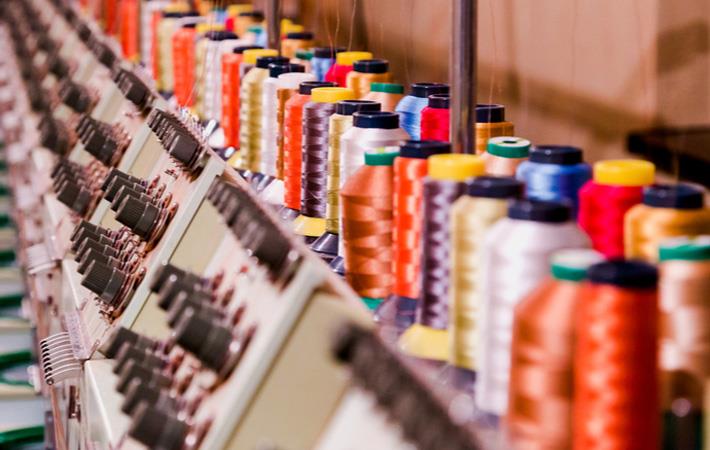Interviews
News Flash
No action in US on nearshoring RMG production: GlobalData
04 Dec '20
2 min read

Pic: Shutterstock
Garment factories close to the United States aiming to steal a share from Chinese manufacturers must address fabric production infrastructure and expand into more categories if they hope to convince brands to relocate, according to data analytics company GlobalData, which said few such firms have managed to successfully shift production out of China at scale.
The conversation around nearshoring has intensified in the time between the United States declaring a trade war with China and the onset of COVID-19, with more brands looking to exit the sourcing powerhouse to lessen the risk of supply chain disruption and boost speed-to-market capabilities by bringing production to locations closer to home like Central and North America.
According to US trade data, for the first nine months of 2020, only 9.1 per cent of US apparel imports came from members of the Dominican Republic-Central America Free Trade Agreement (CAFTA-DR) down from 10.3 per cent in 2019, while 4.4 per cent came from members of the US-Mexico-Canada agreement, down from 4.5 per cent in 2019. China still holds the lion’s share of the US apparel market at 39.93 per cent in 2019.
According to Hannah Abdulla, apparel correspondent at GlobalData, “One thing that has benefitted Chinese garment manufacturers over the years is their diverse offering and their ability to vertically integrate supply chains.”
“In Central America, garment manufacturers dominate in production of cotton and synthetic knit shirts, so only really appeal to brands whose penetration in that category is high. China operates as a Jack-of-all-trades if you will and there’s a real convenience aspect in that for buyers, among other factors,” he said in a company press release.
“The hype around nearshoring still very much exists and there is a real opportunity for manufacturers to lure brands out of China to destinations that are closer to home. Yet, in order to truly compete, they need to expand into more categories. Brands that are able to source multiple items from one location will be more incentivised to shift,” he added.
The conversation around nearshoring has intensified in the time between the United States declaring a trade war with China and the onset of COVID-19, with more brands looking to exit the sourcing powerhouse to lessen the risk of supply chain disruption and boost speed-to-market capabilities by bringing production to locations closer to home like Central and North America.
According to US trade data, for the first nine months of 2020, only 9.1 per cent of US apparel imports came from members of the Dominican Republic-Central America Free Trade Agreement (CAFTA-DR) down from 10.3 per cent in 2019, while 4.4 per cent came from members of the US-Mexico-Canada agreement, down from 4.5 per cent in 2019. China still holds the lion’s share of the US apparel market at 39.93 per cent in 2019.
According to Hannah Abdulla, apparel correspondent at GlobalData, “One thing that has benefitted Chinese garment manufacturers over the years is their diverse offering and their ability to vertically integrate supply chains.”
“In Central America, garment manufacturers dominate in production of cotton and synthetic knit shirts, so only really appeal to brands whose penetration in that category is high. China operates as a Jack-of-all-trades if you will and there’s a real convenience aspect in that for buyers, among other factors,” he said in a company press release.
“The hype around nearshoring still very much exists and there is a real opportunity for manufacturers to lure brands out of China to destinations that are closer to home. Yet, in order to truly compete, they need to expand into more categories. Brands that are able to source multiple items from one location will be more incentivised to shift,” he added.
Fibre2Fashion News Desk (DS)
Popular News
































-Ltd..jpg?tr=w-120,h-60,c-at_max,cm-pad_resize,bg-ffffff)





.jpg?tr=w-120,h-60,c-at_max,cm-pad_resize,bg-ffffff)
.jpg?tr=w-120,h-60,c-at_max,cm-pad_resize,bg-ffffff)






